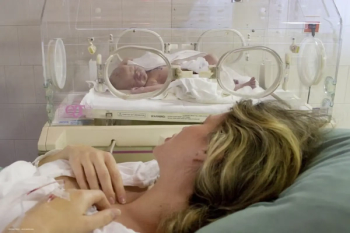
Visual prognosis appears generally good after PPV for retained lens material
An analysis of visual outcomes in a contemporary series of cataract surgery eyes that underwent pars plana vitrectomy (PPV) for retained lens material indicates these complicated cases tend to do well.
An analysis of visual outcomes in a contemporary series of cataract surgery eyes that underwent pars plana vitrectomy (PPV) for retained lens material indicates these complicated cases tend to do well, said Lawrence Y. Ho, MD.
Dr. Ho reported the findings from a retrospective review that included analyses for predictors of good and poor visual outcomes. The series included 166 consecutive cases from a 6-year period extending from January 2001 to January 2007. Follow-up exceeded 6 months in more than 80% of eyes. The visual results showed 72% of eyes achieved vision of 20/40 or better while only 10.8% ended up with vision of 20/200 or worse.
"The outcomes in this series surpass those in prior large series that showed only 58% of patients had vision of 20/40 or better while almost 18% saw 20/200 or worse. We believe improvements in both phaco technology and vitrectomy combined with earlier detection of treatment complications, such as CME with more widespread use of OCT, may account for the difference. However, this warrants further investigation," said Dr. Ho.
Predictors of vision outcomes were examined in a multivariate analysis. Better presenting vision, insertion of a posterior chamber IOL, and absence of preoperative eye disease were associated with a good vision outcome.
Development of glaucoma and presence of preexisting eye disease were associated with a poor vision outcome while anterior vitrectomy at the time of cataract surgery and sulcus lens placement at cataract surgery had protective value.
Newsletter
Get the essential updates shaping the future of pharma manufacturing and compliance—subscribe today to Pharmaceutical Technology and never miss a breakthrough.













































